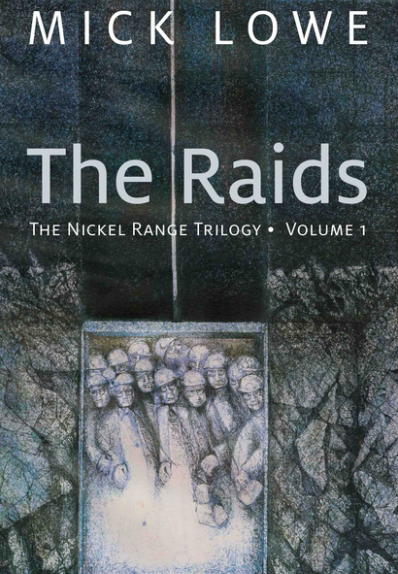The Sudbury Star is the City of Greater Sudbury’s daily newspaper.
To order The Raids, click here: http://www.barakabooks.com/catalogue/the-raids/
Sudbury author Mick Lowe has undertaken a herculean task, one far more challenging than writing a trilogy of novels after suffering a debilitating stroke six years ago.
The well-known journalist and non-fiction author is out to elevate the people of Sudbury and our history to the “mythos” of Canadian legend. “I want to create legend as well as history and fact because we’re worth it,” Lowe says quite simply.
Lowe, 67, will launch the first book in the series, “The Raids,” on Sunday, May 25 at the Steelworkers Union Hall and Conference Centre.
The setting for the launch party is ironic given the book is a fictionalized account of the bitter, decade-long battle by United Steelworkers to pull members from the then powerful Mine Mill and Smelter Workers Union Local 598.
The book is set in the spring of 1963, when 19-year-old Jake McCool works his first shift at Stobie Mine. The young miner becomes a participant in what Lowe describes as a war between the two unions. Lowe, who has lived at Pioneer Manor since his left side was paralysed from the stroke, says employees in their 20s there have shown great interest in what he’s been working on.
























